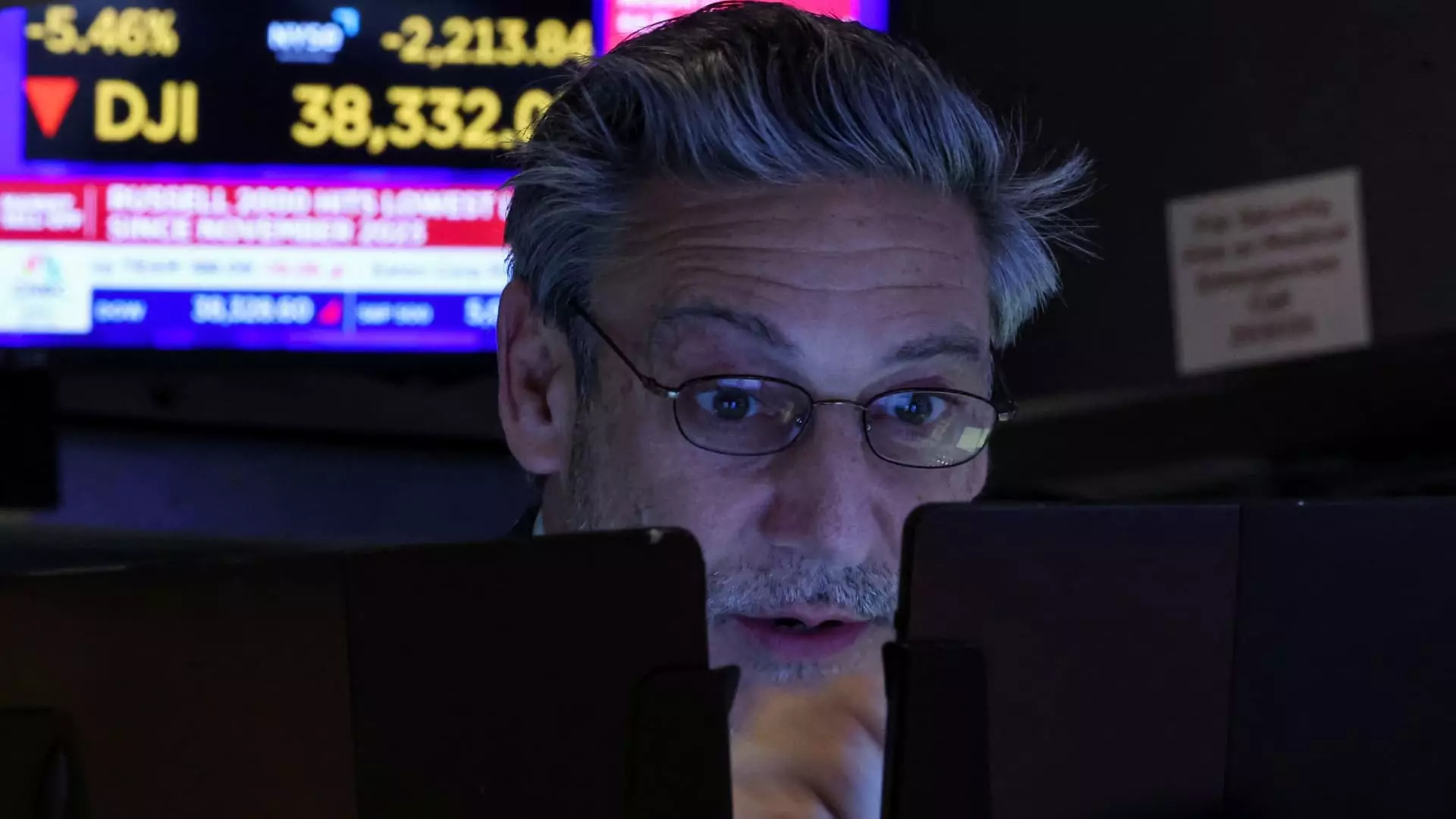Market volatility is as much a characteristic of modern finance as it is a point of contention. In times of rapid price declines, stock exchanges impose trading halts aimed at preventing their markets from spiraling into chaos. These pauses aren’t mere inconveniences; rather, they serve as a critical tool for maintaining market integrity. Without such measures, we risk experiencing the kind of catastrophic crashes witnessed throughout history. The Great Depression, for example, forever altered the financial landscape and shattered the economy of that era. The recent events correlate more with the tumultuous storm of March 2020, a time when a global pandemic jolted traders awake. Both instances highlight the absence of strategic breaks could have dire consequences.
Trading halts are invoked during extreme market disturbances, which can arise from unforeseen events—like a geopolitical crisis or, as witnessed recently, high tariffs implemented by political leadership. The policies put forth by President Donald Trump have engendered deep uncertainty, prompting fear among traders as each announcement reverberates through stock markets. This echoes the sentiment that investors often seem to react more acutely to negative news than they do to positive developments. And therein lies the irony: when good news breaks, the markets may experience stability, while negative sentiments can induce panic leading to dramatic sell-offs.
Circuit Breakers: A Fine Balance Between Emotion and Rationality
Circuit breakers operate like a safety valve for the stock market, allowing traders a moment to regroup before engaging in further trades. They’re designed to mitigate emotional responses that often lead to irrational decision-making—an essential aspect often overlooked in discussions about market dynamics. The rules are straightforward, yet their implications are profound.
Under the current system, there are three levels of circuit breakers. A 7% drop in the S&P 500 triggers an immediate 15-minute pause, offering a buffer for traders to reconsider their strategies. However, should we need to resort to Circuit Breaker Level 3—which halts trading for the day—there’s likely deeper concern over underlying economic fundamentals. At this stage, the cascading effects could result in a broader loss of consumer confidence, ultimately impacting businesses, jobs, and the economy as a whole.
Moreover, witness the plight of the average trader—a detailed analysis indicates that their position holds far less capital than institutional investors. It’s in this light that market safety measures become even more crucial. If an ordinary trader is forced to sell poorly when emotions are at their peak, the consequences could be catastrophic, not just for the individual, but for market stability itself.
The Psychological Aspect of Trading and the Fairness Debate
One cannot overlook the psychological dynamics at play in such scenarios. Trading isn’t purely a mathematical exercise; it’s a highly emotional and often irrational endeavor. Workers in corporations and everyday investors tend to react impulsively to rapid price movements for myriad reasons—fear being the most notable among them. With the stakes towering high, that fear transforms the market landscape from rational decision-making to panic-induced selling.
While trading halts provide a layer of protection, they inevitably introduce a layer of unfairness. Market movers—the institutional investors—have the luxury to prepare or strategize during these breaks, unlike smaller investors caught off guard. In reality, these pauses disproportionately benefit the well-capitalized.
It’s a complex paradox: trading halts are designed to stabilize the market, yet they may contribute to inequalities. Are we enabling a market that favors those best equipped to weather turmoil, while sidelining everyday traders who lack the resources for comprehensive risk management during crises?
The Irreversible Impact of Sustained Market Tension
Consider, for a moment, the downward spiral created by sustained market tension. When futures drop significantly overnight—as was the case recently for S&P 500 futures—traders brace themselves for the carnage that lies ahead during regular trading hours. The decline is a precursor that suggests more turbulent times ahead, creating an environment where fear breeds further negativity.
As the S&P 500 closed on a sharply negative note, clocking a 6% drop reminiscent of the bleak days of March 2020, the specter of a more profound crisis looms large. The allure of a quick recovery often blinds traders to the likelihood of a longer struggle ahead. What accumulates in these tumultuous periods is not merely a loss of capital but a degradation of trust in market systems, prompting questions about the fundamentals that underpin our economic structure.
Navigating such uncertainty is vital, and trading halts do serve an essential role. But can they protect us from the volatility inherent in financial markets? Only time will tell.

